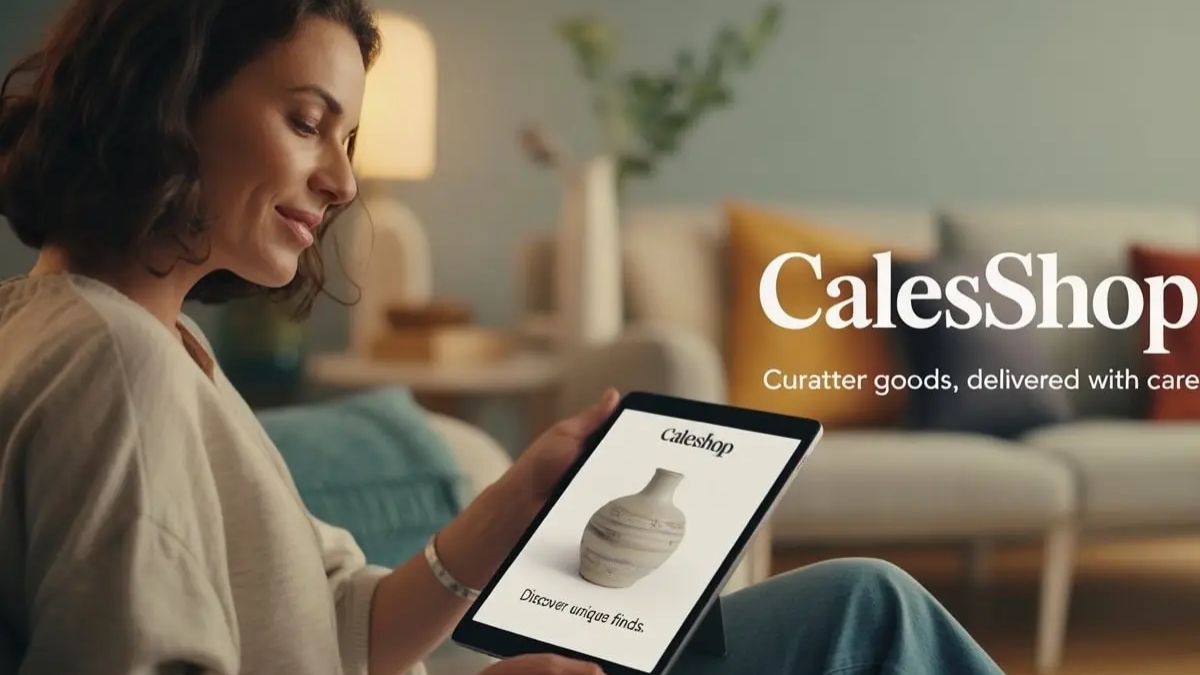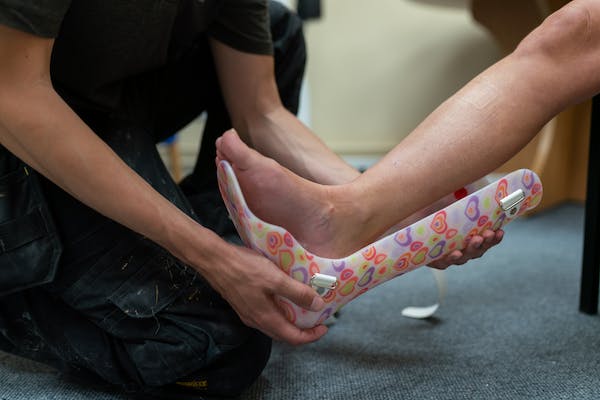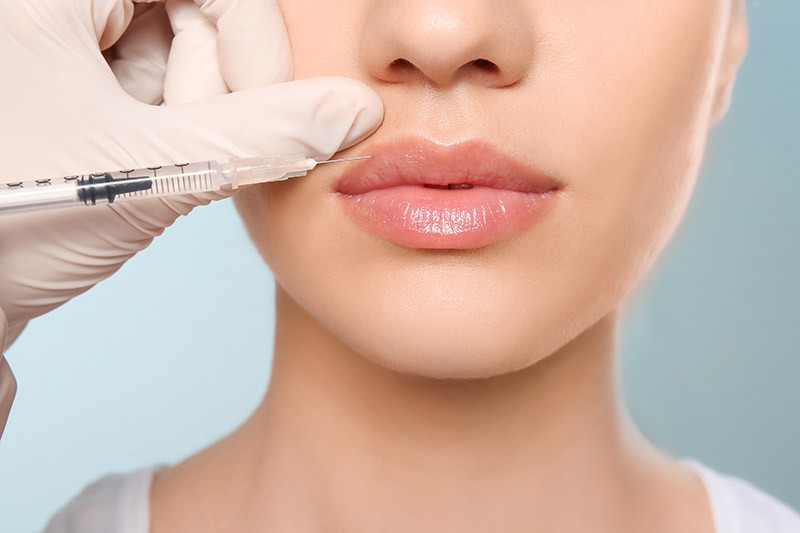Bunions can be troublesome for you if you love to wear heels or footwear with narrow shoeboxes. These are tiny bumps on the side where your big toe is sited. Though it may take years to develop, it isn’t very pleasant.
A bunion, medically known as hallux valgus, occurs in the joint of the big toe and is forced out of place because of factors like wearing shoes with pointy shoeboxes.
If you’re on the heavier side, the pressure forces the alignment more. Sometimes it can further grow into inflammatory arthritis. There are four stages of developing bunions:
- First- none
- Two- mild
- Three- average
- Four- severe
The stages are categorized depending on the deviation of the big toe to the small toe. You will find 3 to 4 people out of 10 with painful bunions.
Symptoms and signs of bunions
Bunions are noticeable as a bulge at your big toe base. In the initial stage, it is unnoticeable, but the inflammation increases and reddens as it progresses.
Gradually, your big toe diverges from its position and moves towards the second toe. Sometimes it can overlap it also. You may experience pain, inflammation, and burning sensations.
How do bunion splints, toe braces, and spacers work?
You may have heard about toe braces for bunions. They are highly affordable and offer significant relief from pain, inflammation, and redness caused by them.
Bunion toe braces come in different designs and separate the big toe from the second toe. They help keep your big toe straight without taking any support from the second toe.
Bunion splints are also known to stretch out the tight tendons and muscles, which control the movement of your big toe and help re-align it. They offer active resistance by keeping the big toe and second toe separate. It leads to a passive stretch to the soft tissues, which may be causing the diversion and offers relief from pain.
Toe brace for bunions hold your big toe and second toe away from each other and prevents overlapping. They are made of silicone to support the big toe and keep it in its intended position. It works like a wedge between your big and second toe to prevent the first toe from getting close to the second one.
Should you try?
If your bunions are anywhere in the stage of one to three, you should surely try them. This is because the tissues are soft during these stages and can easily be aligned back, compared to the last stage.
However, while relying on the toe brace for bunions, you should also bring in some lifestyle changes, such as reducing your body weight, wearing proper footwear, and strengthening your feet and ankle muscles. If you still choose to wear pointy shoes, you will not get any results.
Try to wear the brace and splint for as long as possible. Get comfortable wearing them, and you can also sleep with them. It will help you exert the right push and pull against the first toe.
Using them in the initial stage will prevent all chances of surgery.











